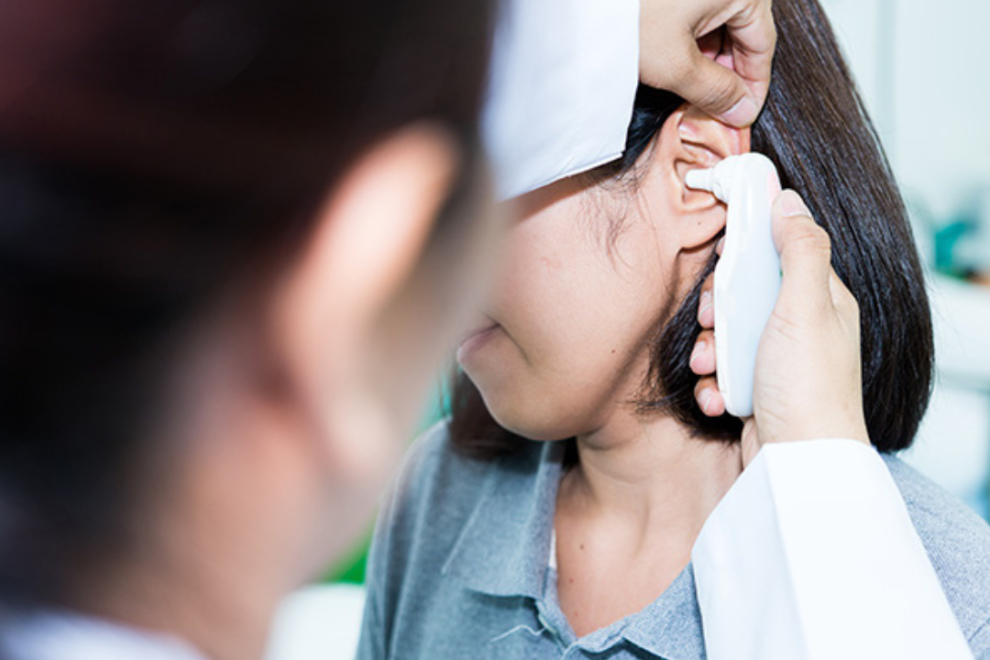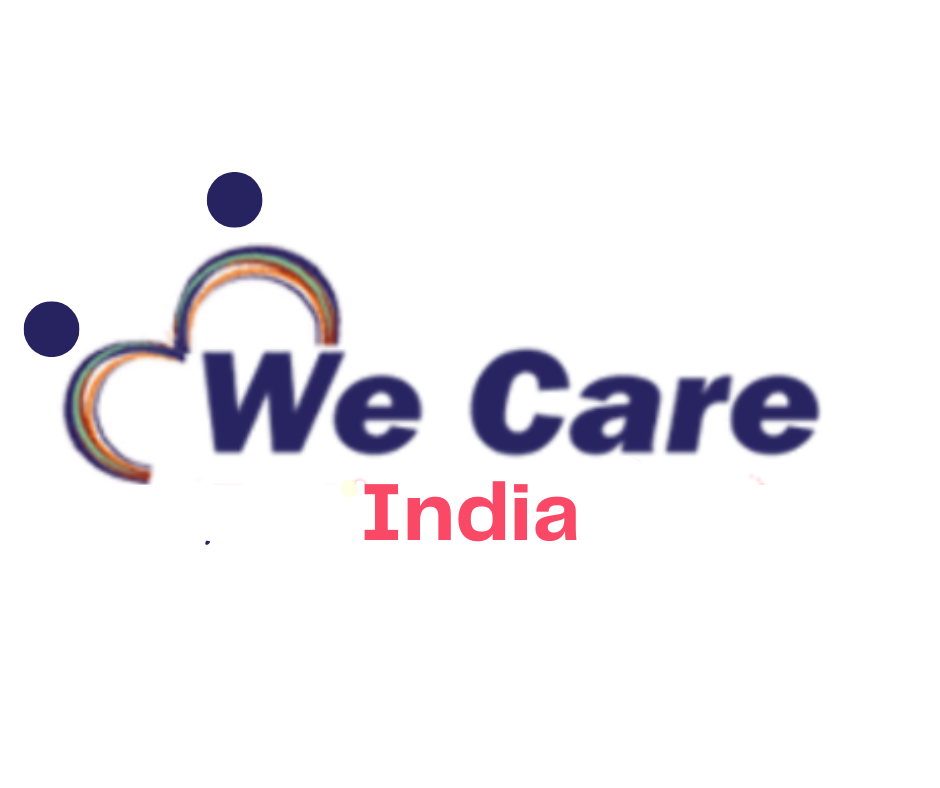Comprehensive Guide to ENT Surgery and cost in India: Procedures, Benefits, and Recovery
With advanced medical technology and highly skilled surgeons, India has become a hub for high-quality, affordable ENT surgeries. Common procedures include tonsillectomy, sinus surgery, cochlear implants, and septoplasty.


Emergency Cases
Costs of Ear, Nose, and Throat Surgery in India
According to the American Speech-Language-Hearing Association, the cost of a cochlear implant can easily exceed $40,000. This figure does include both, the cost of the device itself, as well as hospital fees and rehabilitation sessions that are required after the initial operation.
FESS procedures are significantly cheaper at about $4,000. Because the methods used are minimally invasive and limited to a very small area of the nose, FESS avoids the complications and the potential costs incurred by more extensive sinus surgeries of old.
Physical Examination
A careful history and physical examination of the ears, nose, throat, head, and neck is a standard approach during initial consultation. Different instruments with light sources (i.e., otoscope for ear examinations) enable ENT surgeons to quickly visualize the ears, nose, and throat. Visualization of these areas can reveal the severity of the disease or deformity. The head and neck area is inspected and the neck and throat area is typically felt with the surgeon’s hands (palpation).
Special technological advancements have enabled ENT surgeons to further visualize deep internal anatomical structures. Nasal endoscopy allows visualization of the upper airway to detect anatomical problems related to sinuses. Videostroboscopy can be used to visualize the vocal cords, and triple endoscopy (laryngoscopy, esophagoscopy, and bronchoscopy ) can diagnose and stage head and neck cancers. Preparation before surgery is fairly standardized and includes blood work-up and instructions to have nothing to eat or drink after midnight of the night before the procedure.
Do you have your medical reports; send us now for a free quote –click here
Or email at [email protected] / Call +91 9029304141
Risks
The risk of ENT surgery depends on the procedure and the health status of the patient. Some procedures do not have much risk, while complications for other procedures can carry considerable risk. For example, the risk of a complicated operation such as neck dissection could result in loss of ear sensation, since the nerve that provides the feeling of sensation is commonly severed during the procedure.
Aftercare in India
The aftercare for ENT surgery depends on the procedure and state of the health of the patient. The aftercare for a patient who is 60 years old with head/neck cancer is more extensive than a tonsillectomy performed in a young adolescent or child.
Generally, aftercare should be directed toward wound care and knowledge gained from the surgeon specifically detailing the expected length of average convalescence. Wound care (cleansing, dressing changes, etc.) and postoperative follow-up with the ENT surgeon is essential. Medications for pain may be prescribed. Patients stay in the hospital for eight to 10 hours (for the effects of anesthesia to subside) for same-day surgical procedures (i.e., tonsillectomy), or they may be admitted for a few days for more complicated procedures (i.e., cancer).
Aftercare and convalescence may take longer for complicated procedures such as advanced cancer and temporal-bone (two bones on both sides of the skull near the ear) surgery for nerve disorders (that can affect balance) or for tumors.
TREATMENTS AVAILABLE IN INDIA
ENT treatment can be handled by either a general pracitioner or an otolaryngologist (ENT). Though general practitioners treat a number of ENT disorders, your family doctor may not feel comfortable treating you and may refer you to an ENT specialist.
The Nose
The outer portion of the nose is the part you can see. It is made from cartilage, a soft rubbery tissue that gives it its shape; it’s attached to your skull at the nasal bone. Inside, the nose is divided into two cavities, leading from each nostril, which are separated by another strip of cartilage called the septum. In the diagram at the right, you can see one of these cavities, leading into the head. The inner nasal cavity is also connected to other cavities called sinuses.
The nostrils are lined with stiff hairs that keep dust, dirt, microorganisms, and even small insects from being breathed into your lungs. The larger inner nasal cavity is very deep, and connects to your airway, and to your inner ear via the eustachian tubes. There are mucous membranes within the nose, which secrete a thick mucous that also helps trap dirt. At the top of the inner cavity is the olfactory bulb, which contains the receptors that collect molecules and help you smell.
The sinuses are cavities in your head. The sinuses are lined with a mucous membrane … soft, moist tissue covered with a layer of mucous. The tissue is also covered with microscopic hairs called cilia. The cilia wave back and forth, moving the mucous into the nasal cavity where it can capture dust, dirt, microorganisms, and pollen. The dirt-laden mucous is then flushed out to the stomach via the back of the throat. This is the way your body prevents bacteria from entering the body when breathing through the nose.
The Ear
The Ear system consists of the outer ear portion that leads from the outside through the ear canal, right up to the Ear drum. This path is lined by hair (cilia) that trap foreign particles and insects. Also, like the nasal path that secretes mucus, this canal also secretes wax to inhibit foreign particles from reaching the ear drum.
The ear system also has an inner portion leading from the ear drum and ending with the Eustachian tubes that open into the throat.
Now, because the ear drum is a curtain that separates the outer ear from the inner ear system, there must be a way that pressure is maintained in balance between the outer and inner ear, or else this would result in problems such as pressure build up, loss of hearing, dizziness and could even lead to related ear infections.
The way this pressure is maintained is through the openings of the ear in the throat which expose the inner ear to the same atmospheric pressure as the outer ear.
The Throat :
The oral cavity (mouth) and the upper part of the throat (pharynx) have roles in many important functions, including breathing, talking, chewing, and swallowing. The mouth and upper throat are sometimes referred to as the oropharynx.
The Treatments Available In We Care India :
Read Also :-
- Drug-Eluting Coronary Stenting: Advanced Treatment for Coronary Artery Disease
- Chin and Cheek Augmentation in India: Enhance Your Facial Profile
- CSF Shunt Procedures in India: Effective Treatment for Hydrocephalus
- Embryo Donation Treatment in India: Affordable Fertility Solution for Parenthood
- Carotid Endarterectomy in India: Advanced Stroke Prevention Surgery
- Electrolyte Disorders Treatment in India: Expert Care for Balanced Health
Committed To Build Positive, Safe, Patient Focused Culture.
High Quality
Care
Home Review
Medicine
All Advanced
Equipment
Book An Appointment

At We Care India, we offer complete medical services for your entire family, from routine check-ups to injury care, ensuring personalized attention and expert assistance for all your health needs.
More Treatments
Book An Appointment
Phone
+91 9029304141
Our Locations in India
Delhi
Mumbai
Bangalore
Chennai
Hyderabad


